15 Real Facts About Squirrels Everyone Should Know
Scampering up trees, flashing their bushy tails, and burying secret stashes of acorns – squirrels are a familiar sight in parks and backyards. But beneath their fuzzy exterior lies a world of surprising intelligence, quirky adaptations, and fascinating feats. Here are 15 nutty facts about squirrels that will make you look at these acrobatic rodents in a whole new light:
They Use Their Tails for Brakes
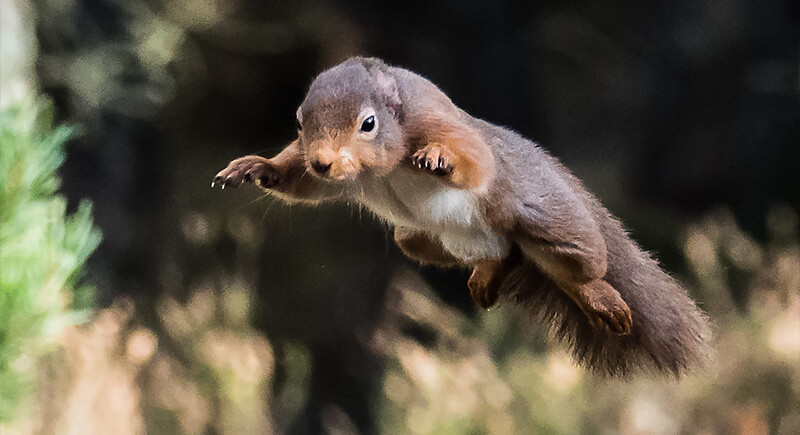
Credit: flickr
Have you ever wondered how squirrels manage those gravity-defying leaps without splattering on the pavement? The secret lies in their remarkable tails. These furry appendages act as counterbalances, allowing squirrels to adjust their direction in mid-air and brake for a safe landing.
They Have a Remarkable Memory
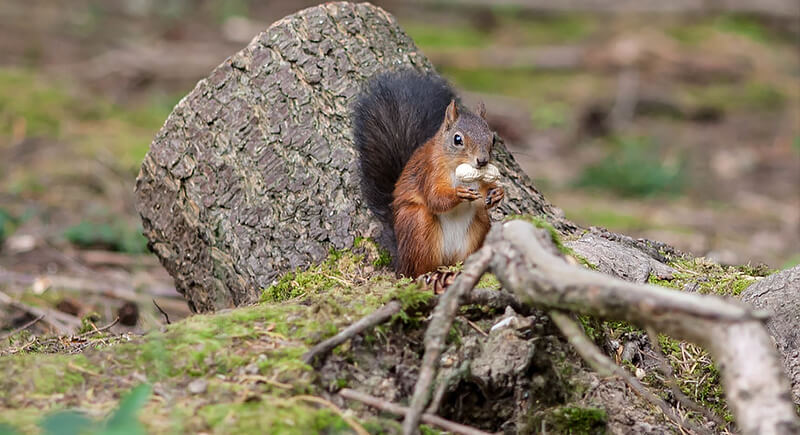
Credit: flickr
A squirrel’s memory for hidden nuts is legendary. They can bury hundreds of acorns and seeds, remembering the location of each one even months later—even under a blanket of snow! Scientists believe squirrels have a mental map of their stashes, using visual landmarks and spatial memory for retrieval.
They Speak in Secret Languages
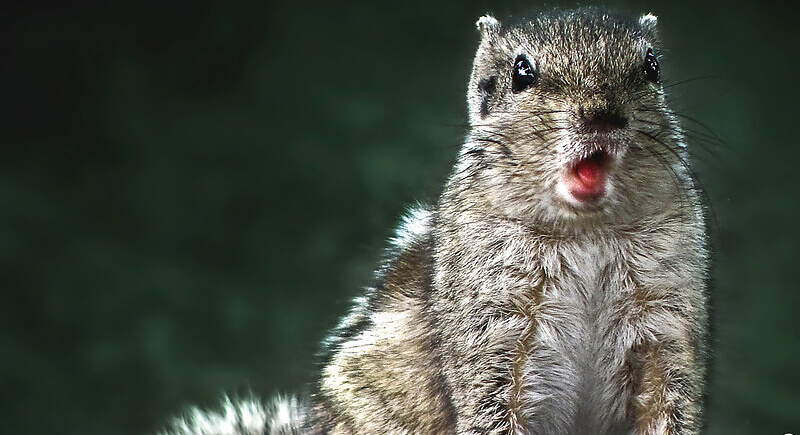
Credit: flickr
Squirrels communicate with a complex series of chatters, barks, and even flicks of their tails. These vocalizations warn others of danger, signal mating availability, and even express frustration. Plus, squirrels can take power naps lasting mere minutes, keeping them alert and agile throughout the day.
They Can Even Swim!

Credit: flickr
While not exactly aquatic masters, some squirrel species, like the fox squirrel, are surprisingly adept swimmers. Their bushy tails can act as makeshift rafts, and their powerful hind legs propel them through the water with surprising speed.
They Thwart Acorn Thieves

Credit: flickr
Acorns are a precious food source for squirrels, and they’ve developed clever strategies to protect their stashes. One trick? They’ll deliberately bury fake acorns – minus the tasty nut inside – to confuse potential thieves like jays and chipmunks.
They Have Winter Whiskers for Super Senses
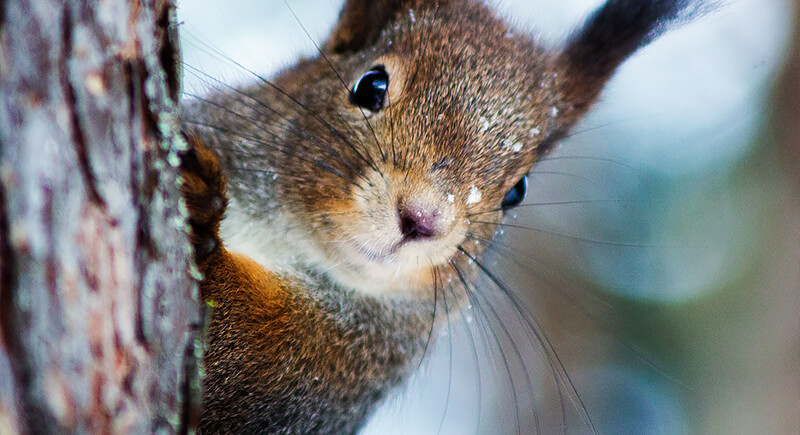
Credit: flickr
As winter approaches, squirrels grow longer and thicker whiskers. These facial sensors act like tiny thermometers, helping them navigate through snow and locate buried food sources by detecting subtle temperature and air pressure changes.
They Build Squirrel Skyscrapers
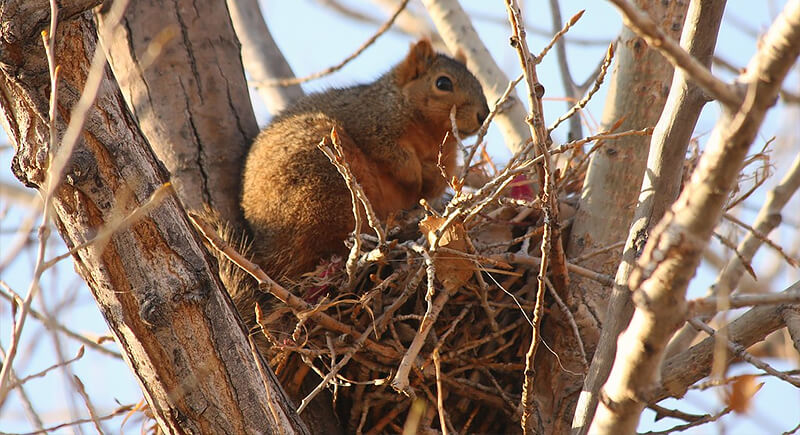
Credit: flickr
Squirrel nests, called dreys, are marvels of engineering. Carefully constructed from leaves, twigs, and even moss, these intricate woven spheres are built high up in tree branches, offering protection from predators and the elements.
Their Tails Talk Too!
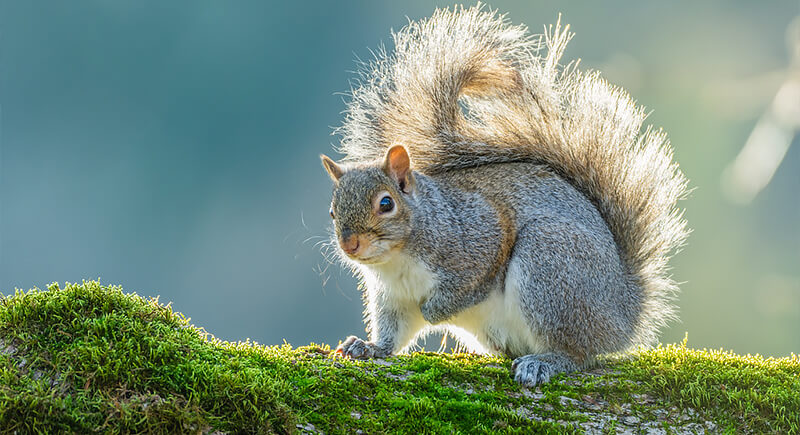
Credit: flickr
A squirrel’s tail isn’t just for balance. The way they hold their tail communicates a lot. A twitchy tail might signal nervousness, while a held-high tail can indicate dominance or confidence.
They Are Escape Artists of the Wild
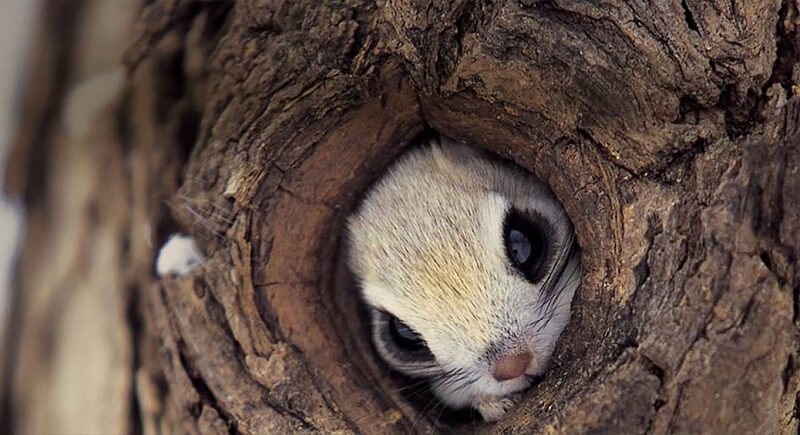
Credit: flickr
Squirrels are escape artists extraordinaire. Their flexible bodies and small size allow them to squeeze through surprisingly tight spaces, making them a constant challenge for homeowners with pesky attic invaders.
They Have Built-in Winter Gear
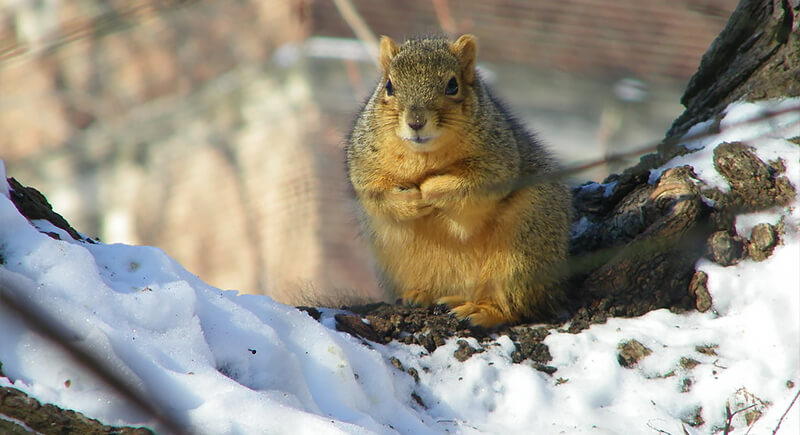
Credit: flickr
As the days get shorter and the temperatures drop, squirrels don’t hibernate. Instead, they undergo a physiological change called “brown fattening.” Their bodies convert brown fatty tissue into energy, keeping them warm and active throughout the winter.
They Are Leaping Wonders!
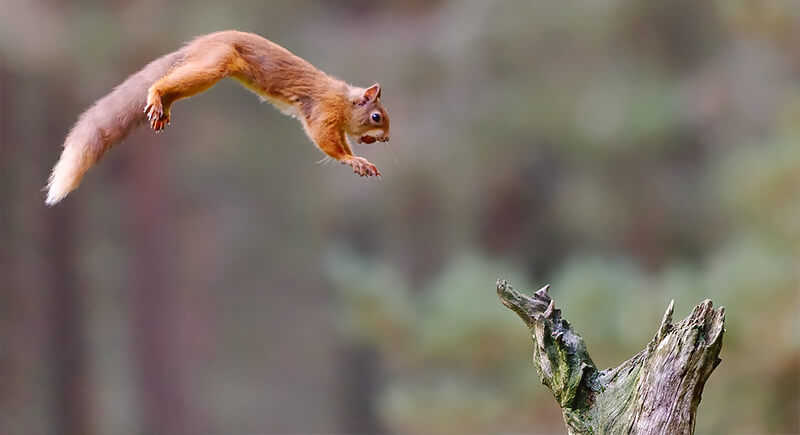
Credit: flickr
Squirrels are champions of jumping. The Eastern gray squirrel can launch itself a distance of up to 10 times its body length – that’s like a human jumping the length of a football field!
They Plant by Accident

Credit: flickr
Squirrels bury acorns, but do they always come back to eat them? Interestingly, research suggests they often forget about some of their stashes. These forgotten acorns end up germinating, with squirrels unintentionally helping to reforest areas.
They Are Still a Mystery

Credit: flickr
Scientists are starting to decipher the complex language of squirrels. Research suggests their vocalizations have distinct meanings, with different calls used to warn of predators, find mates, and even identify specific individuals. But we’ve still got a long way to go before we can actually understand what they communicate to each other.
They Come in All Shapes and Sizes
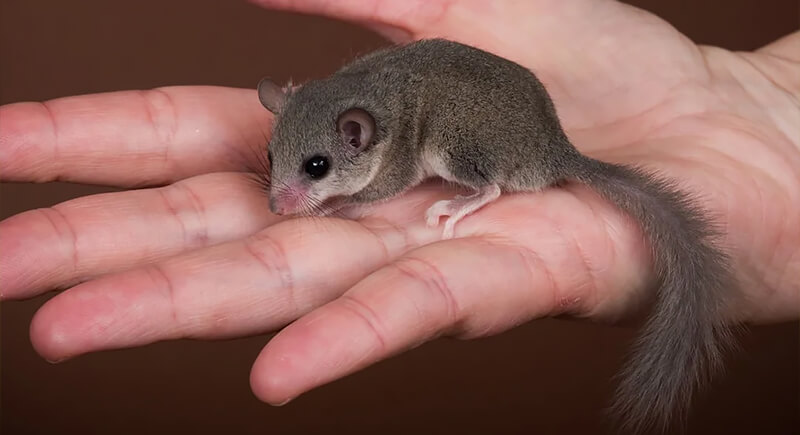
Credit: Reddit
There are over 270 species of squirrels worldwide, each with unique adaptations and behaviors. From the palm-sized African pygmy squirrel to the giant Indian flying squirrel that glides through the air, the squirrel family is a diverse and fascinating bunch.
They Have a Complex Relationship with Us

Credit: flickr
Squirrels can be both backyard nuisances and captivating observers of nature. Understanding their intelligence, resilience, and complex social behaviors can foster a newfound appreciation for these furry acrobats that share our urban and rural landscapes.